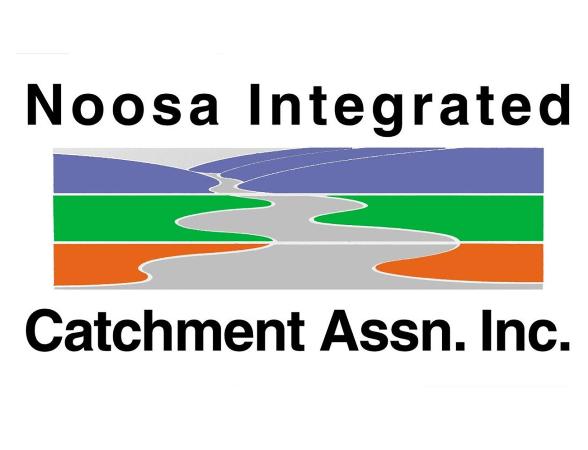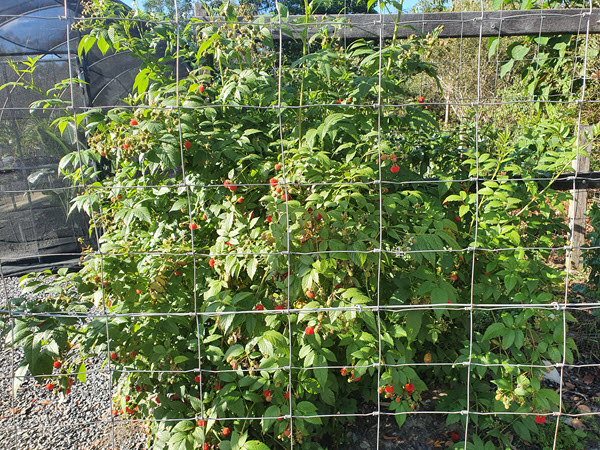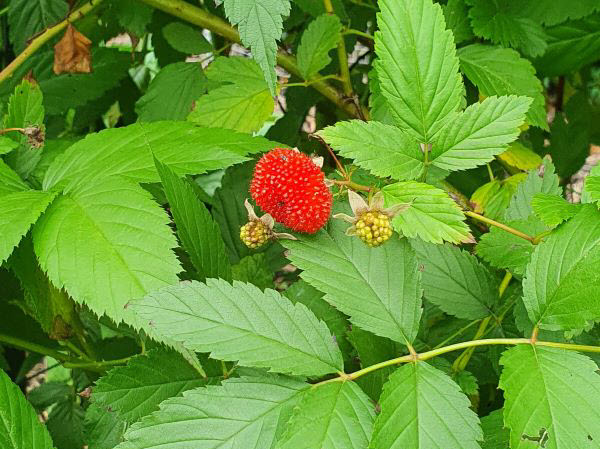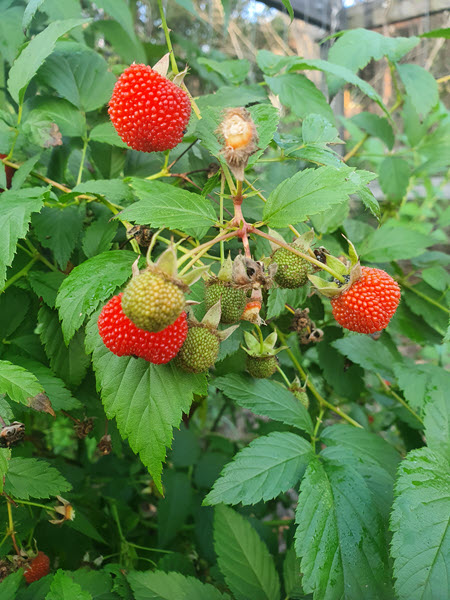A small seedling of Rubus rosifolius was planted last summer in one of the gardens where I work. It was treated like a veggie garden plant so was pruned and fertilized. I didn’t give it much hope because in the wild they grow in dense thickets with multiple plants. This individual plant grew very quickly and much taller than any wild ones I have seen which may have been the reason it produced an exceptional amount of fruit over winter and is still fruiting. The flavour is close to supermarket bought berries but not as sweet. It has also been popular with native bees. I will be planting more of these local natives for next year’s winter treats.
Below is a previous article about native raspberries.
There are two species of Raspberry growing in the Noosa area. They are found in most habitats but don’t grow in sand.
Rubus molucca, which is commonly called Molucca Raspberry, and Rubus rosifolius, referred to as Native Raspberry.
Both are a prickly shrub that can cause nasty scratches so not one for planting around the letterbox. The prickles make a great habitat for small birds as they deter larger birds and predators.
Fruit yields can vary greatly from season to season. The fruit can be eaten raw or made into jam. The leaves are used to make tea.
The leaves of rosifolius are compound with 5 to 7 leaflets and flowers are white.
The leaves of moluccanus are pictured below and the flowers are pink/purple. A good place to see this species growing is along the path around Lake Doonella. Enter via Moorhen place and turn right towards the lake.
Landcare nurseries usually sell Native Raspberries or they will grow well from a cutting.
For some more information on our local species and others growing around Queensland follow the link below.





